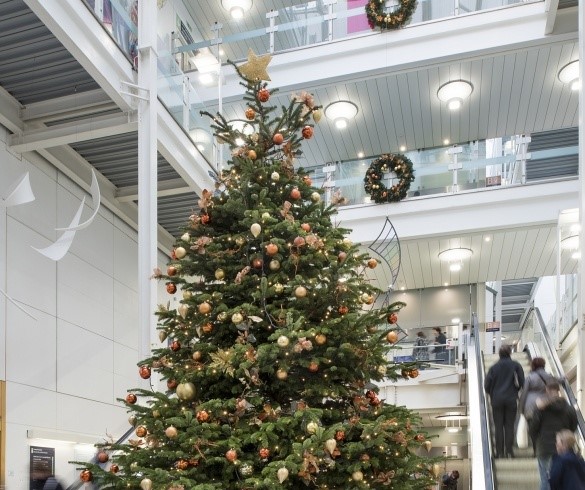Managing budgets for office plants
A Facilities Manager may understand the phrase ‘squeezing a quart into a pint pot’ better than anyone else, and its hard to find office plant space saving tips.
With office space, especially in City Centre locations at an all-time high, the careful planning and use of space is high on the agenda. For 2024 in the city centre of London rent is £77.50* per sq. ft with other areas also calculated by Oktra. Decisions about moving are not taken lightly and in times of growth, fitting more staff into your building can be like doing a 2000 piece jigsaw puzzle, painstaking and complicated!
Modern-day Facilities Managers should perhaps be called ‘Workplace Managers’ as they now hold a much more holistic role, working closely with other senior colleagues to deliver a service to stakeholders that meet business objectives. It is no longer just about providing a safe, clean, fit-for-purpose environment where everything works well; it is now about providing competitive advantage, creating a strong brand image, employee engagement and retention. It is about corporate responsibility, green infrastructure, well-being and optimal productivity.
Why should you consider adding plants to your office space?
It has long been recognised that corporate planting is a key feature for the modern workplace with many benefits. Whether that means roof terrace space, ‘Green Infrastructure’ to break up the concrete jungle of an inner-city location, or planting solutions for interiors to bring tranquillity and beauty inside. Corporate planting is no longer just a ‘nice to have’, it has become essential.
Including plants in your office space can be a great way to add some life and colour to your workspace. Desk plants, in particular, can be a great addition to your office desk. Research has shown that biophilic design relieves stress, negate ‘sick building syndrome’ improving sickness absence rates, improve air quality and plants of all shapes and sizes can help to restore concentration levels. The intricate patterns of leaves and office flowers do this by holding our attention, while making no demands on us, which allows our brains to rest and recuperate. In addition to improving your mood and productivity, desk plants can also help purify the air and add visual interest to your workspace. What is the answer then?
What are some office plant space saving ideas with limited floor space?
Creative and innovative plant solutions are available. It’s time to think outside the proverbial box. Living walls bring a room to life and look stunning inside or out. Whole walls can be planted in striking colours and patterns, echoing your design theme or corporate logo.
On a smaller scale, plants become art inside the office. Don’t hang static two dimensional pictures, instead hang living pictures, elegant frames full of lush green planting. Living pictures can be used anywhere to add the wow factor and transform a boring office wall.
We are all striving to be paper free, keeping the office uncluttered, but there will always be a need for storage in the office. Stationery supplies, documents and personal belongings must have a home. Sometimes cabinets can provide structure to an open plan office, sectioning off areas so teams can work in defined spaces. Cabinets can multi-task too. Cabinet top planting can be used effectively to soften clinical open plan offices, bringing lush colour and life in to an otherwise bland space with the added benefit that it stops the clutter of left-over snow-drifts of paper from the printer and abandoned coffee cups.
Creative office space saving plant ideas displays
If you’re a Facilities Manager, I expect you know the location of every fire extinguisher in your building. Do your staff know where these are too? How about a planted fire-extinguisher stand as the perfect multi-tasking furniture. It’s completely functional and it also makes an attractive office feature. One would argue that it makes the office safer as everyone will take note of the location of your firefighting equipment!
Looking for something completely different? Upside-down planters give a totally different perspective. Hanging from the ceiling, they take up no extra space but they do add a fun, fresh, modern look to your décor. Working well over desk space, or to accent your communal areas, perhaps over the breakfast bar or dining tables.
Now is the time to explore the myriad of possibilities and be open-minded about trying out some exciting new solutions in planting to improve your building. There’s so much choice it’s just a case of finding what works best for you.
Contact Us
When we nurture that connection by adding plants to our own environment, we feel in balance, happier and calmer. We are on a mission to raise awareness of the importance of biophilia in the built environment. We offer a single service solution for facilities management and cleaning companies, which is why we are the preferred choice for these companies. If you’d like us to present to your team office space saving plant ideas or share case studies of work we have done as well as, discuss how we can support you and give you the competitive advantage to win tenders which include planting, contact us today.
Information source: Oktra- The Cost of Office Space in London 2024




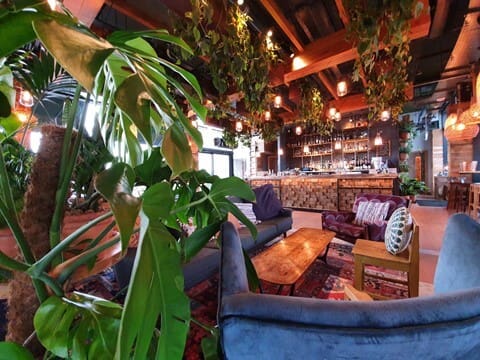




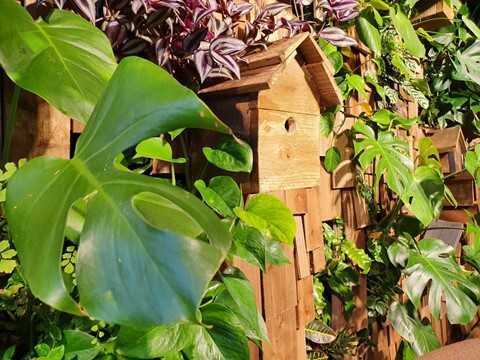


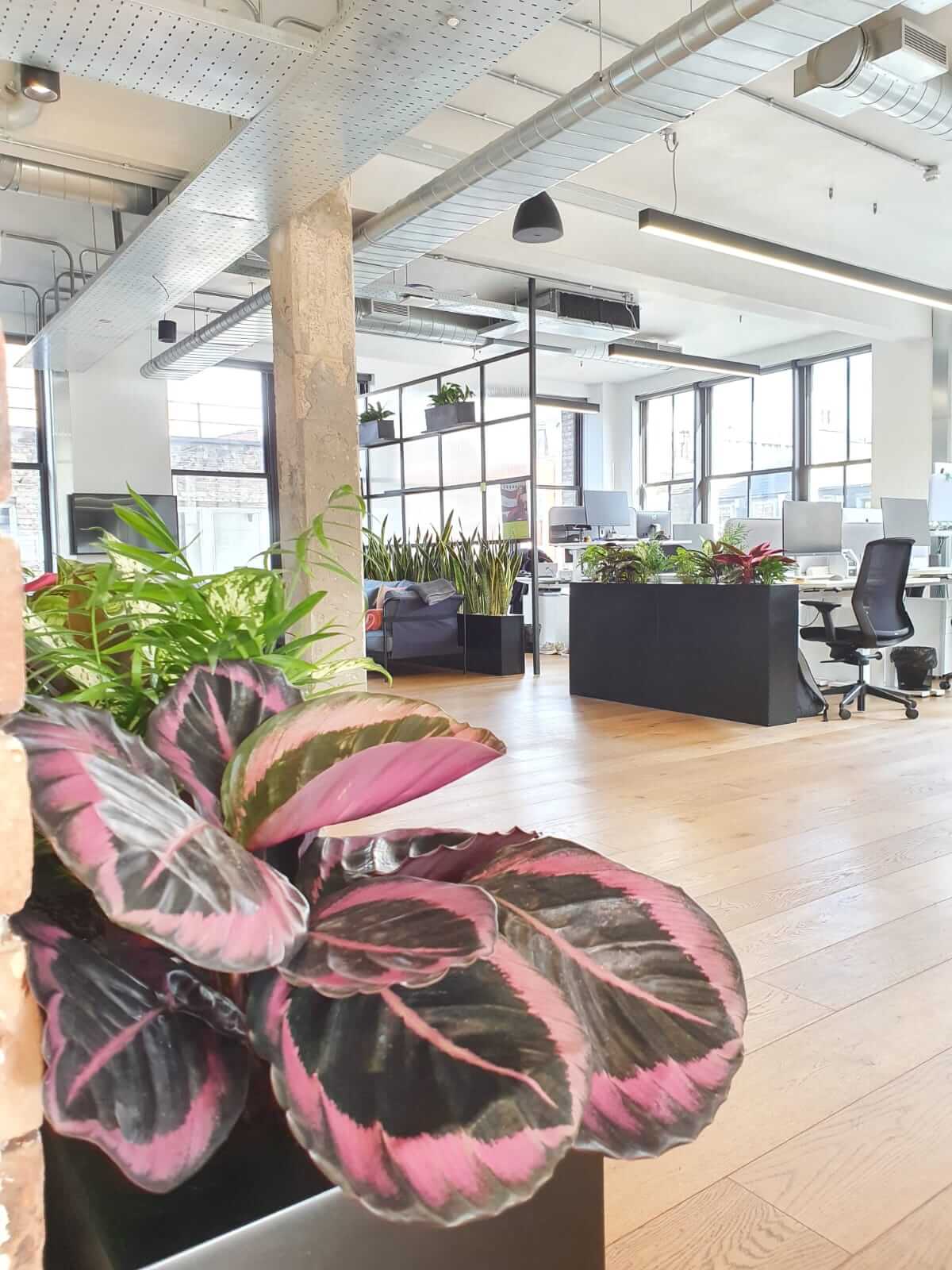






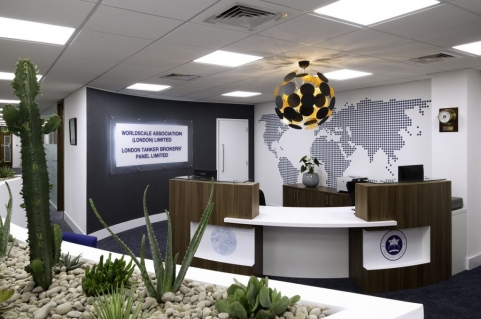










 Leave It To Planteria, We’ll Do It All For You
Leave It To Planteria, We’ll Do It All For You